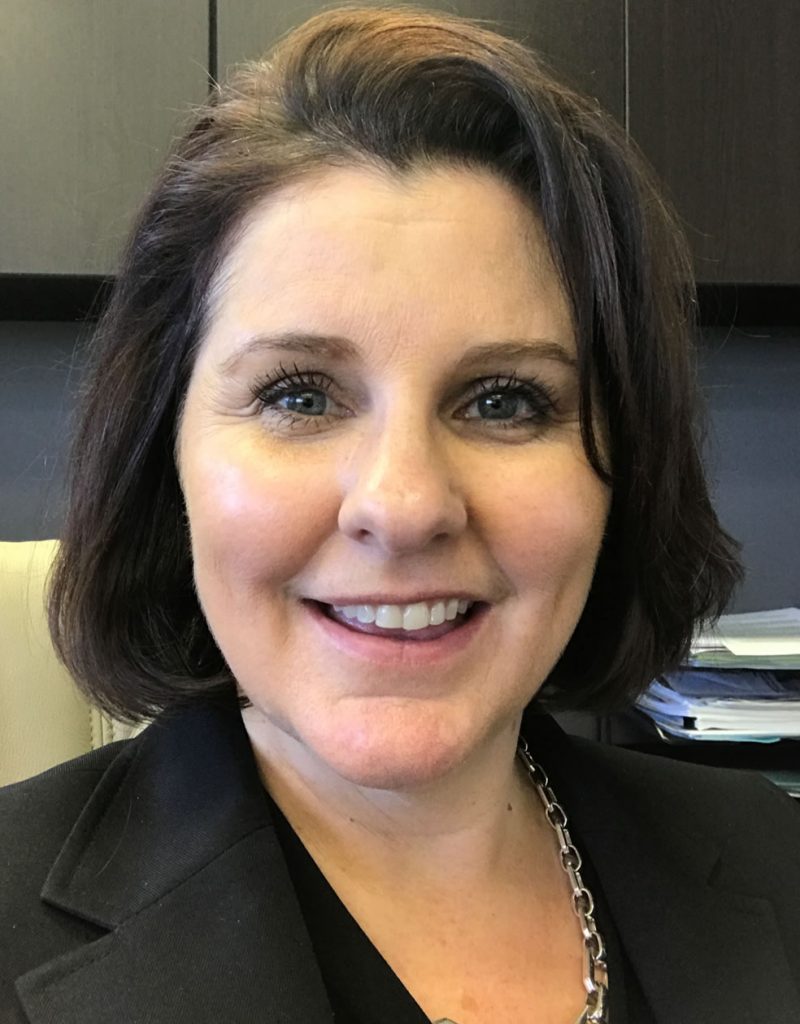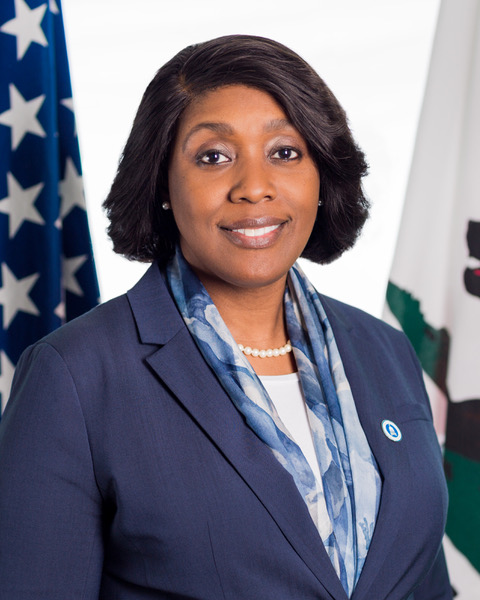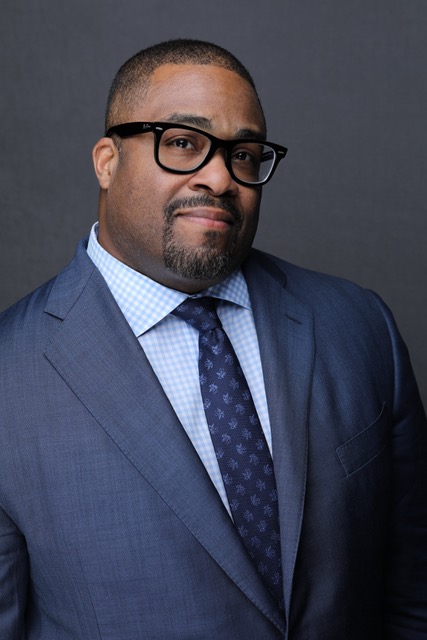What You Need to Know Before Tax Day
SACRAMENTO, CA— With Tax Day approaching, the Franchise Tax Board (FTB) today offered key tips to help Californians prepare their taxes before the July 15 filing deadline.
COVID-19 Relief: FTB is providing special tax relief and assistance for taxpayers affected by the COVID-19 pandemic through July 15, which is the deadline for all Californians to file and pay taxes owed. Visit FTB’s COVID-19 frequently asked questions page for more information on collections relief, extensions for filing/paying taxes, the federal CARES Act, and more.
“During this public health emergency, we are doing everything we can to make California taxpayers aware of free tax preparation assistance and other available resources ahead of the July 15 deadline,” said State Controller and FTB Chair Betty T. Yee.
California’s Earned Income Tax Credit (CalEITC): If you are 18 or older, work, and have low income, you may qualify for CalEITC. Between CalEITC and the companion federal EITC, low-income families can boost their refund by thousands of dollars. Anyone earning $30,000 or less may qualify for CalEITC of up to $2,982. Those earning $55,952 or less may be able to receive the federal EITC of up to $6,557. Learn more about these valuable credits.
Young Child Tax Credit: The Young Child Tax Credit was introduced in tax year 2019. If you qualify for CalEITC and have at least one child under the age of 6 as of the end of the tax year, you may qualify for $1,000 through this credit.
Free Tax Help: Most Volunteer Income Tax Assistance (VITA) locations are closed during the pandemic. However, there are a limited number of locations around the state that continue to operate. Visit the IRS’ Get Free Tax Prep Help page frequently for updated information on available sites and hours.
More than 6.4 million taxpayers are eligible to file their state tax returns online for free using FTB’s fast and easy CalFile program. CalFile allows taxpayers to file directly with FTB and provides instant confirmation. Registration is not required to use CalFile and taxpayers are able to claim both CalEITC and the new Young Child Tax Credit using the program.
FTB also has a list of other free online tax preparation options.
Tax Filing Extension: California taxpayers get an automatic extension to file state tax returns until Thursday, October 15, although tax money owed must be paid or postmarked by Wednesday, July 15. Those unsure of whether they will owe money can consult FTB’s Tax Calculator.
Pay Online: Taxpayers can pay online with Web Pay directly from their bank accounts with no fees. Payments can also be made with MasterCard, VISA, American Express, or Discover for a service fee of 2.3 percent.
Get Help Paying Taxes: FTB recommends that taxpayers file returns on time and pay what they can to avoid penalties and interest. Payment plans are available for taxpayers experiencing a financial hardship. Those who owe $25,000 or less and can repay within five years generally qualify.
Check Refunds Online: Taxpayers who already filed their state return and are expecting a refund can use the Check Your Refund Status tool. FTB also provides this service in Spanish.
Access Your Account: The MyFTB account service allows taxpayers to view their tax documents, check balances due, access tax calculators, send secure messages to FTB staff, and more.
Get Questions Answered: FTB’s Live Chat allows taxpayers to ask an FTB representative general tax questions and get help with FTB’s website in real time. Live Chat is not a secure channel; do not offer personal information such as Social Security numbers or bank account information. Taxpayers also may call FTB at 800-852-5711.
 Westside Story Newspaper – Online The News of The Empire – Sharing the Quest for Excellence
Westside Story Newspaper – Online The News of The Empire – Sharing the Quest for Excellence




